Update Aug 12, 2017: One of twho historical treasures that were slated to be destroyed . . .
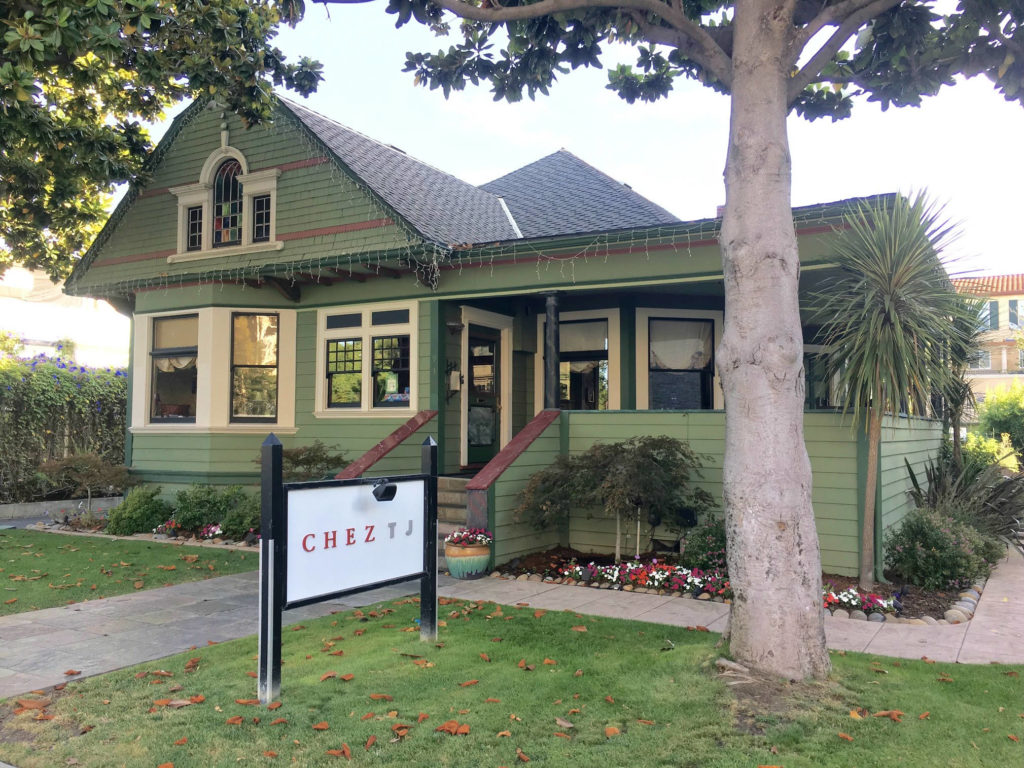
The Weilheimer House — or Chez TJ, as it’s been known the past 30 years — was built in the 1890s by early Mountain View settlers and features Queen Anne architecture.
THE WEILHEIMER HOUSE or CHEZ TJ as it’s known today:
A walk along Mountain View’s Villa Street reveals a perfect example of Victorian Architecture from the late 1800’s. The Weilheimer House at 938 Villa Street remains at it’s original location on a grassy knoll with large Heritage Trees in front. Built in 1894, and having survived the 1906 Earthquake, it is one of the oldest buildings on the Peninsula. The Weilheimer House has a rich chronicle of Owners and is rooted in Mountain View’s Living History.
The Weilheimer House is on land that was originally part of Castro’s farm. When Castro died (around 1856), his sons hired the Lawyer Houghton to defend them against squatters and secure the land.
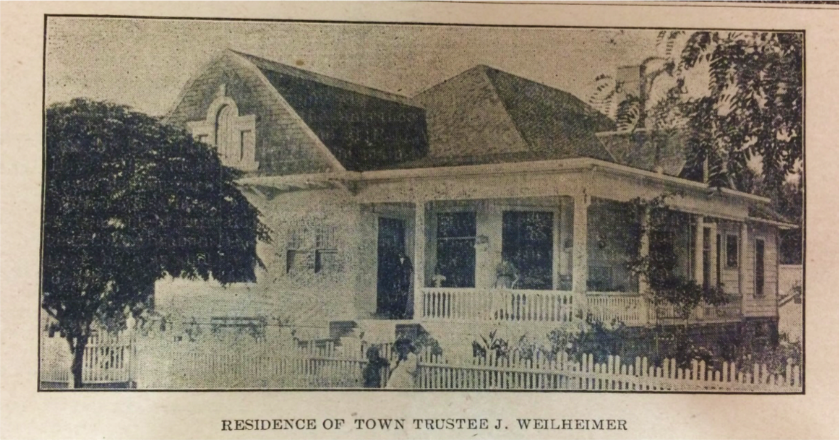
Weilheimer House circa 1894
From the State of California National Resources Agency:
“As payment for representing the Castro’s in court, Houghton was given land. A portion of the land Houghton received included the property. It was part of what he named “Villa Lands.” Circa 1869, Houghton sold a good portion of his land in Mountain View to Doctor Bowling (D.B) Bailey for $3,500 (he was not a medical doctor; his first name was Doctor). Over the next twenty years Bailey began developing Villa Lands and by 1887 had recorded a subdivision map.”
The Weilheimer House was built in the 1894 to be the residence of Julius Weilheimer and his young bride, Fanny. Julius was the son of Seligman Weilheimer, an early Mountain View pioneer who arrived in the city with his brother, Samual, during the California gold rush. The brothers owned a general store located on Castro St., which Julius would later operate.
The younger Weilheimer would go on to serve two terms as mayor of Mountain View. He was a merchant, bank officer and member of the first Town Board.
FROM THE MV CITY STAFF REPORT:
“938 Villa Street, now Chez TJ, was built for Julius Weilheimer, one of Mountain View’s most prominent pioneer families. A property survey states that the Weilheimer home was built in 1894. According to the City’s 2003 Survey, “the house is an excellent example of a Queen Anne style cottage.”
It was built in an elaborate style for early Mountain View with Palladian windows, an ample porch, an open balustrade and sawtooth shingles on one of the gables. Julius was the son of Seligman Weilheimer a Jewish immigrant from Dossenheim, Baden, Germany, who built Mountain View’s first big general merchandise store in 1856. The Weilheimers also had established a general store in Old Mountain View on El Camino Real during the 1850s stagecoach era. They set up a new shop on Castro Street when the railroad opened.
“The building still stands today as one of the oldest commercial buildings in the North County. The family also ran a hotel, livery, and other businesses near the first block of Castro. Julius was very prominent in a critical era in the city’s history, when it voted to incorporate. Julius was one of our first City Council members, although the body was called the Board of Trustees at the time. He was also Vice President of the Mountain View Farmers and Merchant’s Bank. The Weilheimer family moved to San Francisco in 1907 whereupon Arthur Free, city attorney and later Congressman had the house until 1914. The Chez TJ Restaurant, now run out of the house has long been advertised as “a contemporary French cuisine restaurant that is uniquely located in one of the most historic Victorian homes in Mountain View.”
The Weilheimer House has a rich chronicle of owners and is rooted in Mountain View’s living history.
The house is on land that had been part of the Mexican land grant of Rancho Pastoria de las Borregas. This land grant was later passed on to Mariano Castro, who managed a farm on the land that is now Mountain View. When Castro died, around 1856, his sons hired Mr. Houghton, a lawyer, to defend them against squatters and secure the land.
FROM THE STATE OF CALIFORNIA NATIONAL RESOURCES AGENCY:
“As payment for representing the Castros in court, Houghton was given land. A portion of the land Houghton received included the property. It was part of what he named “Villa Lands.” Circa 1869, Houghton sold a good portion of his land in Mountain View to Doctor Bowling (D.B.) Bailey for $3,500. (He was not a medical doctor; his first name was Doctor.) Over the next twenty years Bailey began developing Villa Lands and by 1887 had recorded a subdivision map.”
The Weilheimer House was built in the 1894 to be the residence of Julius Weilheimer and his young bride, Fanny. Julius was the son of Seligman Weilheimer, an early Mountain View pioneer who arrived in the city with his brother, Samual, during the California gold rush. The brothers owned a general store located on Castro St., which Julius would later operate.
The younger Weilheimer would go on to serve two terms as mayor of Mountain View. He was a merchant, bank officer and member of the first Town Board of Trustees. His father and brother owned a general store on El Camino and another downtown, which still stands at 124-8 Castro.
The home’s other notable past residents include Arthur M. Free, Mountain View’s postmaster and city attorney, who went on to become the only U.S. Congressman from Mountain View.
Congressman Arthur Monroe Free
Arthur Monroe Free (January 15, 1879 – April 1, 1953) was a United States Representative from California. He was born in San Jose, California. His birthplace at 66 South 14th Street is listed on the National Register of Historic Places in Santa Clara County. He graduated from the Stanford University law department in 1903 and commenced practice in San Jose. Free moved to Mountain View and was a city attorney from 1904 to 1910. He was the District Attorney of Santa Clara County from 1907 to 1919. He voluntarily retired and resumed the practice of law at San Jose.
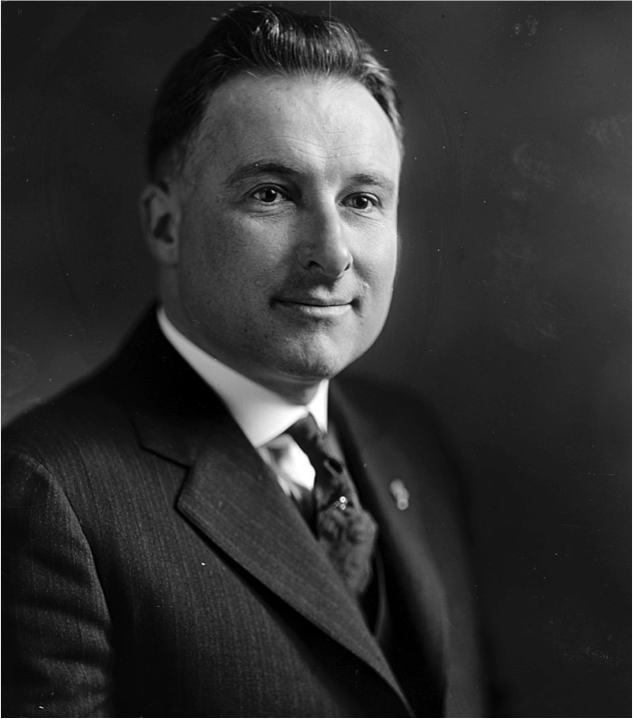
Congressman Arthur Monroe Free
Free was a delegate to the Republican state conventions in 1914 and from 1920 to 1936. He was elected as a Republican to the Sixty-seventh and to the five succeeding Congresses (March 4, 1921 – March 3, 1933).
Lloyd A. Free (29 September 1908 — 11 November 1996) was Arthur Free’s son. Born in the Weilheimer House, he was a founder of the Institute for International Social Research. In the war against Hitler, Free joined the Foreign Broadcast Monitoring Service. He counted references to specific military units mentioned in propaganda broadcasts and made accurate inferences about enemy offensive movements.
After the war, he assisted UNESCO in their communication operations before continuing similarly with the State Department. He helped establish the Institute for International Social Research which did opinion polling in France, Nigeria, Japan, Thailand, and the Philippines, publishing the results, frequently as an Institute publication. Free was a member of the Council on Foreign Relations and of the World Association for Public Opinion Research.
The Weilheimer House has maintained its handsome Victorian-era character over the years. Technically, it can be classified as a “Painted Lady” because it uses three or more paint colors to highlight its architectural features.
EXTERIOR CHARACTERISTICS TYPICALLY FOUND IN A VICTORIAN STYLE HOMES IN SAN FRANCISCO AT THIS TIME:
- ASYMMETRICAL HOUSE DESIGN.
- OVERHANGING EAVES
- GINGERBREAD-STYLE GABLES
- DECORATIVE TRIM
- CUTAWAY BAY WINDOWS
- PALLADIAN WINDOWS
- AMPLE PORCH COVERING THE PRIMARY ENTRANCE AREA
- BUILT-IN CABINETRY
- SAWTOOTH PATTERNED WOOD SINGLES
THE INTERIOR BOASTS VICTORIAN PERIOD FEATURES THAT INCLUDE:
- WIDE TRIM BOARDS AND ARCHITECTURAL CROWN MOULDING.
- WAINSCOTING
- BUILT-IN CABINETRY
- LARGE PANELED WOOD POCKET DOORS
- WORKING TILED FIREPLACE
This historic house is currently home to the award-winning restaurant Chez TJ, a Mountain View favorite. Chez TJ has long been advertised as “a contemporary French cuisine restaurant that is uniquely located in one of the most historic Victorian homes in Mountain View.”

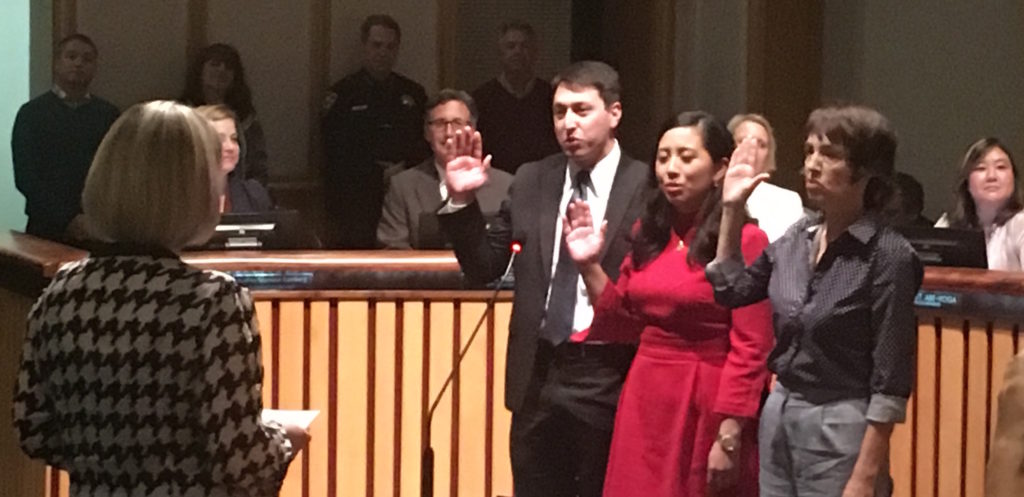
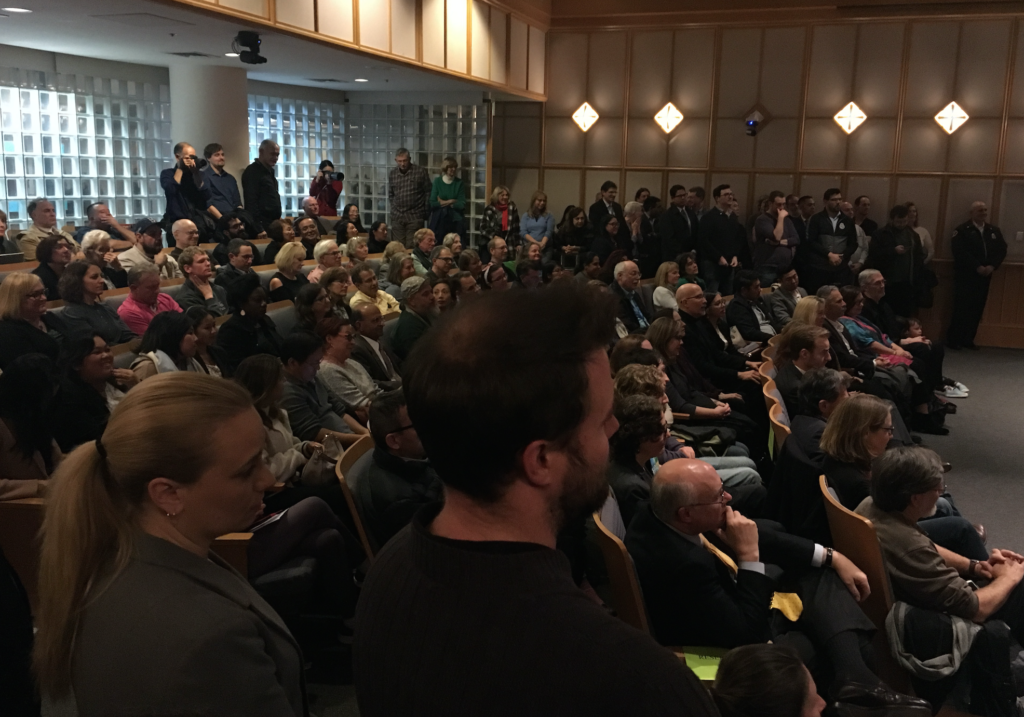
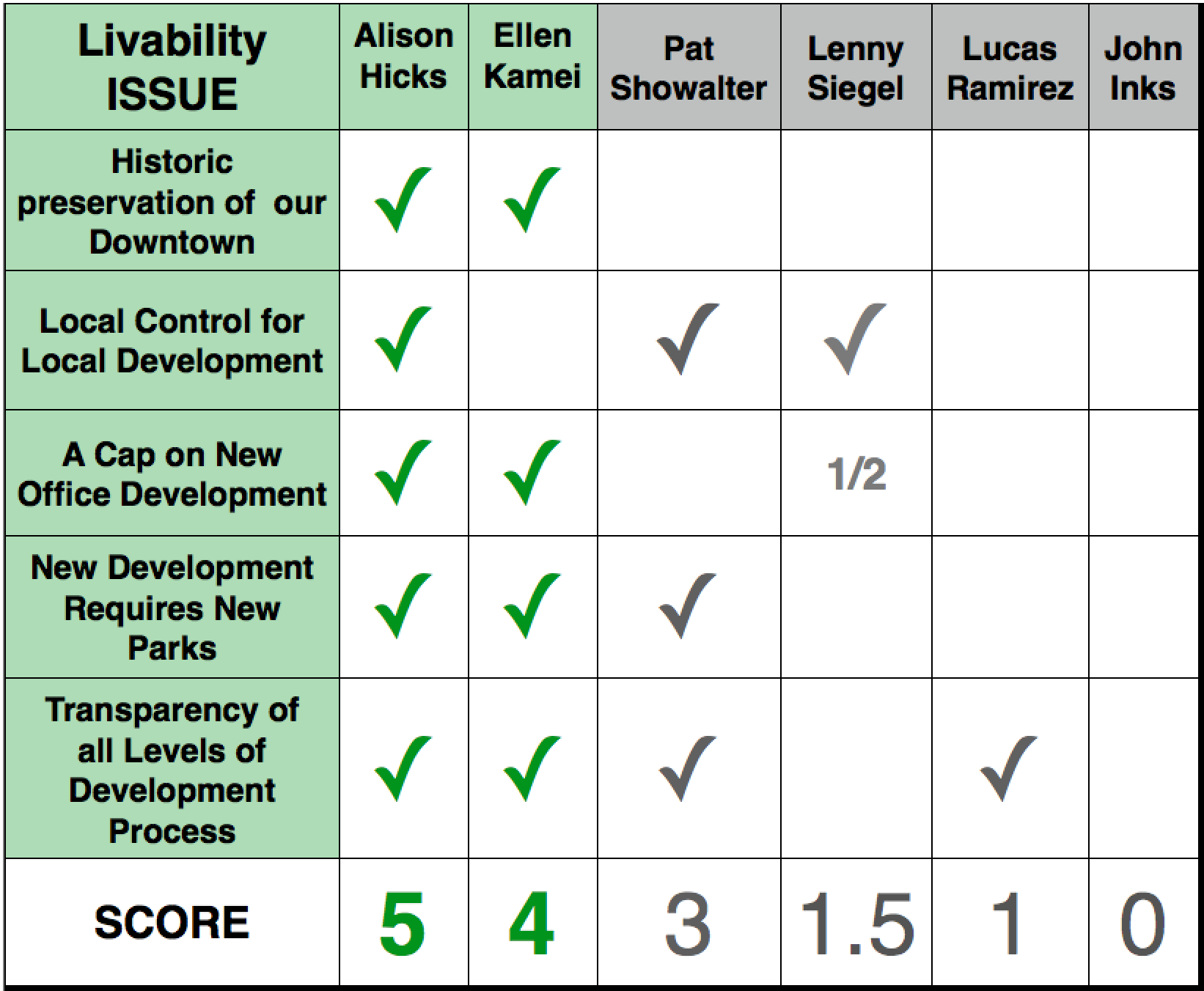 See written answers from: Alison Hicks (
See written answers from: Alison Hicks (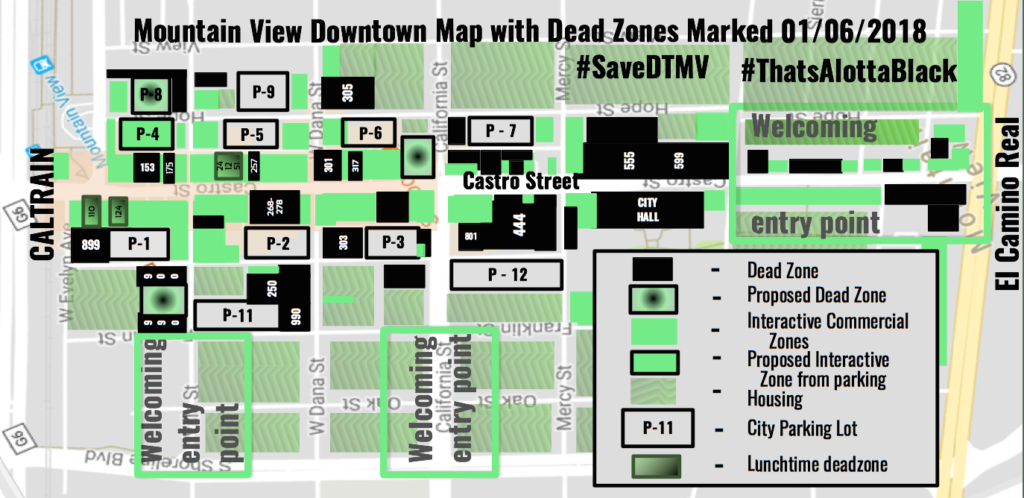
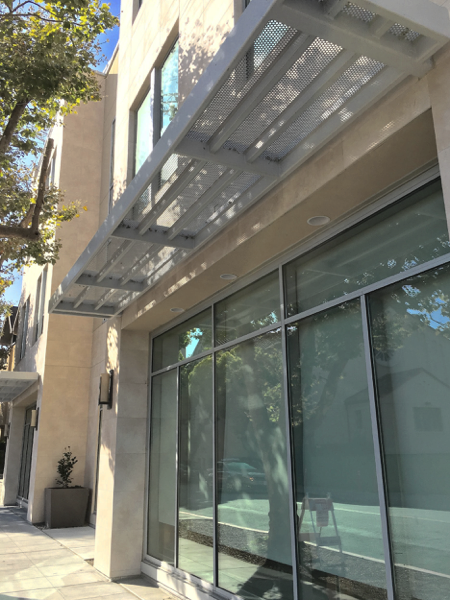



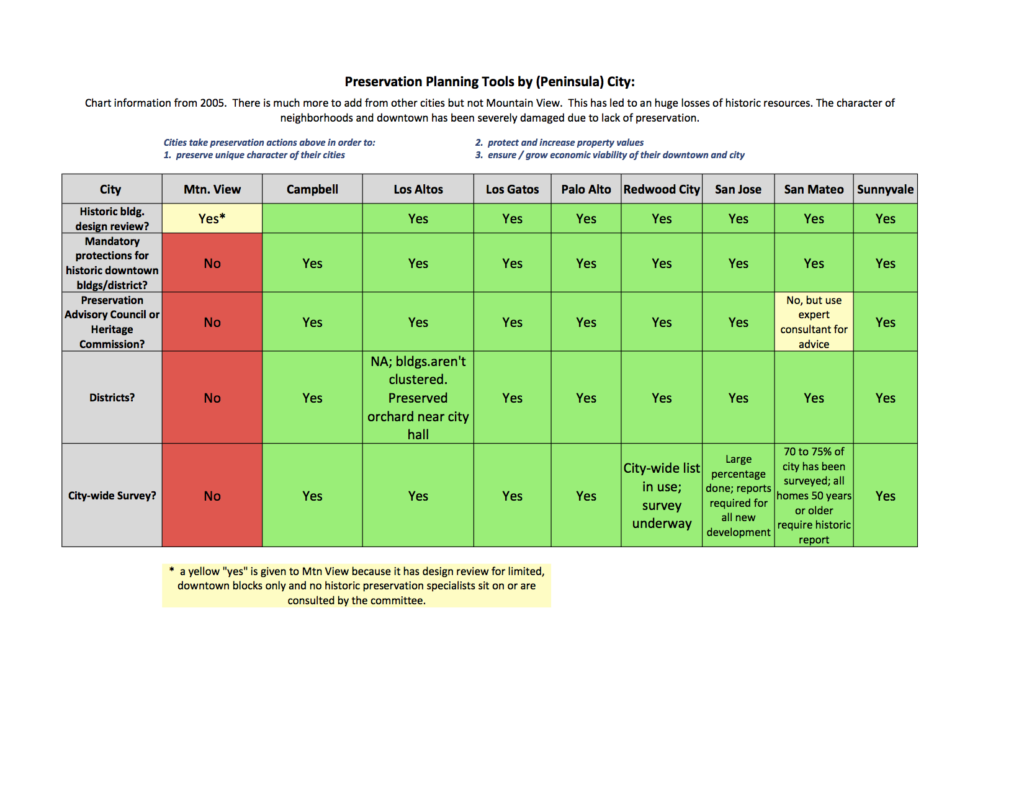
Recent Comments